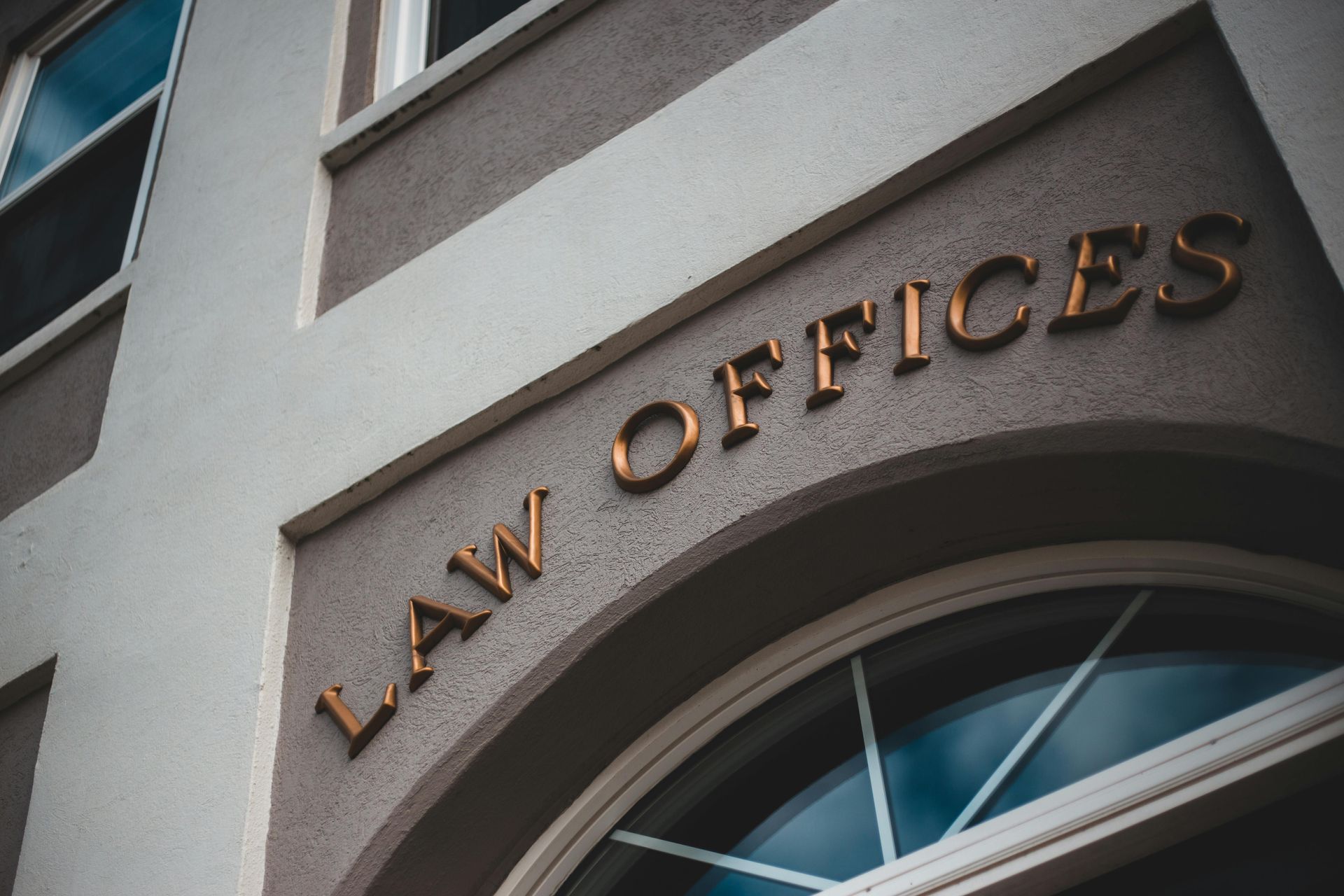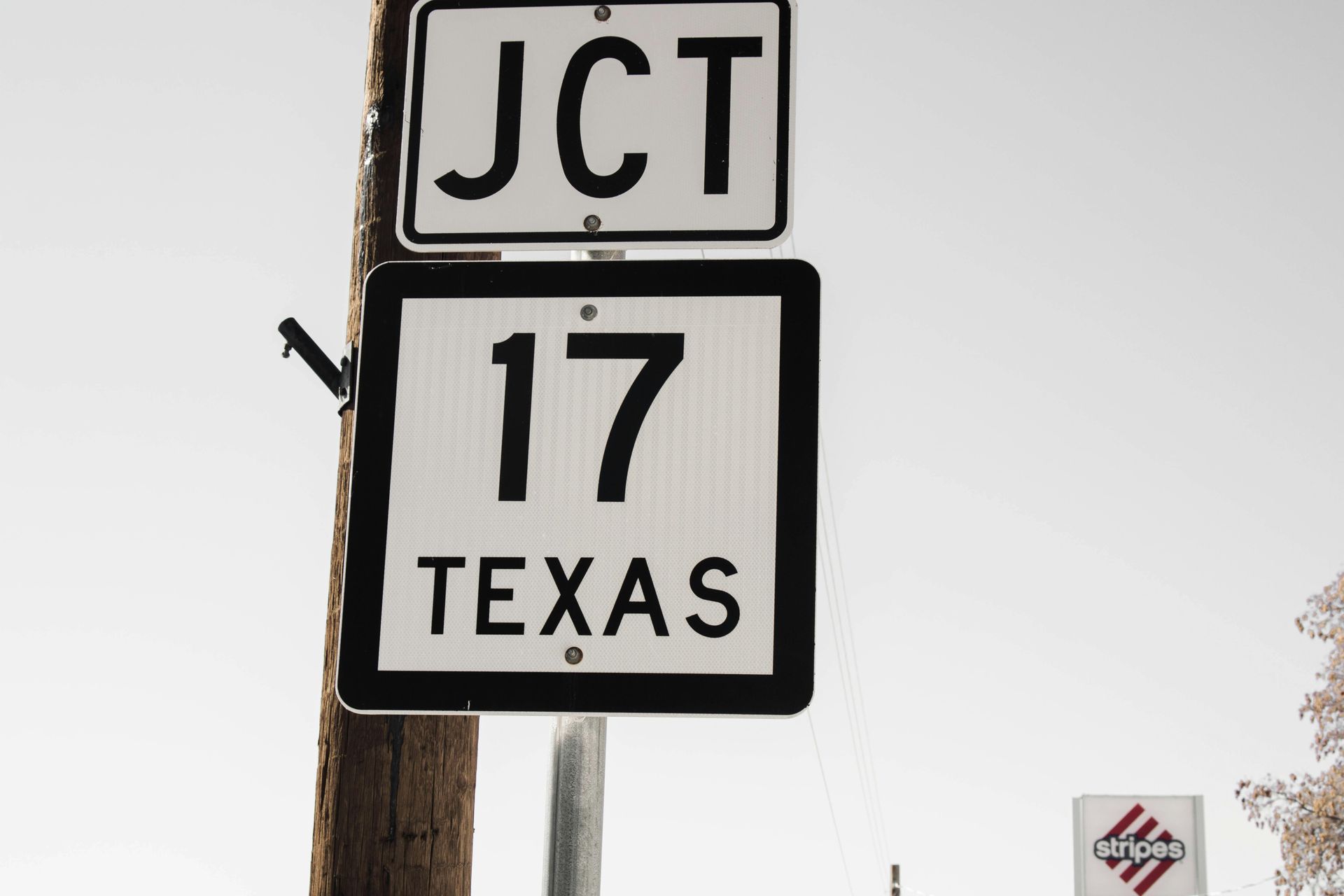Abandonment and Nonuse of a Trademark
ATTORNEYS IN DALLAS
Understand the burden of proving trademark abandonment or nonuse, explore the TTAB's pilot program to expedite cancellation proceedings based on abandonment or nonuse claims, and learn how to efficiently remove blocking marks from the U.S. Trademark Register while maintaining accuracy.
Abandonment and Nonuse of a Trademark
As federally registered trademarks are presumed valid, the burden of proving the abandonment of a mark initially falls on the party making the claim. According to Section 45 of the Lanham Act, a mark is considered abandoned if it has been discontinued with no intention to resume use, which can be inferred from the circumstances. If there is no use for three consecutive years, there is a presumption of abandonment, establishing a prima facie case.
In a cancellation proceeding, once there is evidence of three years of nonuse, the burden shifts to the trademark owner to demonstrate use during that period or an intent to resume use within a reasonably foreseeable time. Proving abandonment becomes easier when there are three consecutive years of nonuse, triggering the presumption. If there is no three-year period of consecutive nonuse, the burden remains with the claiming party to demonstrate nonuse and lack of intent to resume use by a preponderance of evidence, which is a challenging burden to meet.
The burden of proving a nonuse claim is similar to that of an abandonment claim, as seen in the case of United Global Media, Inc. v. Bonnie Tseng. In this case, an opposition was filed with the Trademark Trial and Appeal Board (TTAB) against a use-based application for providing information about beauty. The Board sustained the opposition based on nonuse, rendering the application void ab initio. If an applicant files with the USPTO based on the use of the mark, it must demonstrate use in connection with ALL the goods and services identified in the application prior to filing.
An opposer or petitioner can establish a case of nonuse by showing the applicant's or registrant's inability to provide evidence of the mark's use in commerce. In such a scenario, the burden shifts to the applicant or registrant to refute the case, similar to an abandonment claim. If the application was based on an intent-to-use the mark with the goods or services, use of the mark must have occurred before the filing of an allegation of use or statement of use.
The TTAB has recently introduced a pilot program to expedite the cancellation process for claims based on abandonment or nonuse, aiming to maintain the accuracy of the U.S. Trademark Register by reflecting registrations in active use. To learn more about this pilot program, please refer to our blog post titled "The USPTO's Efforts To Improve Accuracy Of The Trademark Register." The Board will identify cases suitable for the expedited procedure, allowing parties to claim (1) abandonment of use of the mark for one or more goods or services (considering abandonment as nonuse combined with an intention not to resume) and/or (2) nonuse, meaning no use of the mark occurred for one or more goods or services prior to filing a use-based application or a statement of use.
Cases involving counterclaims are not eligible for expedited cancellation proceedings. Once a case is identified for the pilot program, the Board will participate in a discovery conference to discuss whether the parties will stipulate to one of the Accelerated Case Resolution options. In the case of TV Azteca, S.A.B. de C.V. v. Jeffrey E. Martin, the Board expedited cancellation based on abandonment but concluded that the petitioner did not present a prima facie case of abandonment and dismissed the petition. This expedited proceeding allows a petitioner to efficiently remove a blocking mark from the Register without having to bring all available claims or risk being prohibited from raising additional claims in the future.
Contact an Experienced Trademark Attorney
If you need legal advice regarding your trademark rights, assistance with trademark prosecution, or representation in a domain name dispute, contact Wilson Whitaker Rynell. Our team of trademark lawyers has extensive experience in all aspects of trademark and copyright law, including the filing of trademark applications and representing clients in defense or prosecution before the Trademark Trial and Appeal Board.
- 66(a) Applications
- Abandoning a Trademark Application or Withdrawing a TTAB Proceeding
- Abandonment and Nonuse
- Abbreviations as Trademarks
- Accelerated Case Resolutions
- Acquired Secondary Trademark Meaning
- Amending Trademark Application
- Assigning a Trademark
- Assigning a Trademark and the Intent to Use Application
- Avoiding Fraud on Trademark Applications
- Avoiding Trademark Litigation
- Basis for Filing a Trademark
- Benefits of Registering a Trademark
- Bona Fide Intent to Use
- Celebrity Trademarks
- Challenging the Relatedness Factor
- Challenging Trademark Rights
- Claims in a Notice of Opposition
- Co-Existence Agreements
- Common Law Trademarks in the Internet Era
- Common Law Use and Priority
- Conflicting Marks
- Consent Agreements
- Constructive Use Priority
- Dates of Use
- Defenses in Opposition and Cancellation Proceedings
- Descriptive or Generic Trademarks
- Design Marks
- Design Trademarks
- Determining Trademark Similarities
- Discovery in TTAB Proceedings
- Dividing a Trademark Application
- Drawing Page
- Electronic Display Specimens for Trademarks
- Evidence in TTAB Proceedings
- Evidence of Acquired Distinctiveness
- Expediting Trademark Cancellation for Nonuse or Abandonment
- Extending Time to Oppose
- Factors of a Likelihood of Confusion Analysis
- False Suggestions of Connection
- Famous Trademarks and Likelihood of Confusion and Dilution
- Filing an Opposition or Cancellation Proceedings
- First Sale Doctrine
- Five Years of Use
- Foreign Trademark Rights
- Generic Trademarks
- Geographic Trademarks
- Hiring Trademark Counsel
- Immoral and Scandalous Trademarks
- Incontestability of U.S. Trademarks
- International Trademark Filings
- Joint Trademark Ownership
- Lawful Use of a Trademark in Commerce
- Likelihood of Confusion Analysis
- Likelihood of Confusion Refusal
- Merely Descriptive Trademarks
- Multiple Bases for a Trademark Application
- Overcoming and Ornamentation Trademark Refusal
- Personal Name Trademarks
- Principal and Supplemental Registers
- Protecting Single Creative Works
- Recording Trademark Assignments
- Refusal of a Trademark
- Refusing a Trade Dress Application
- Registering a Certification Trademark
- Registering a Service Mark
- Registering a Trademark That Lacks Inherent Distinctiveness
- Registering an International Trademark
- Relatedness of Goods or Services
- Request for Reconsideration in Trademark Office Action
- Requirements for International Trademark Application
- Revive an Abandoned Trademark Application
- Secondary Meaning
- Source Confusion
- Special Trademark Applications
- Standard Character and Special Format Marks
- Standing in Opposition and Cancellation Proceedings
- State Trademark Registration
- Statement of Use Extensions
- Tacking Doctrine
- Technical Trademark Use
- The Supplemental Register
- Trade Dress
- Trade Dress Application
- Trademark Application
- Trademark Clearance Searches
- Trademark Disclaimers
- Trademark Licensing
- Trademark of Authors, Performing Artists, and Characters
- Trademark Ownership
- Trademark Protection In Texas
- Trademark Settlements
- Trademark Specimens
- Trademark Specimens
- Trademark Use by Related Company
- Trademark Use in Advertising
- Trademark Use in Commerce
- Trademarking a Distinctive Mark
- Trademarking a Hashtag
- Trademarks for Musical Artists
- TTAB Discovery Rules
- TTAB Proceedings
- U.S. Service Mark
- U.S. Trade Dress
- Understanding Trade Channels
- Unitary U.S. Trademark
- Universal Symbols as Trademarks
- Using Secondary Sources
- What is an Ex Parte Appeal?
- Where to Register a Trademark
- Who Must File a Trademark?
CLIENT MATTERS
5,000+
YEARS OF SERVICE
25+
Award Winning
Recognized in the legal industry as dedicated board-certified lawyers and Rising Stars.
Expert Team
Your project will be handled by legal experts every time. You will have the most experienced attorneys working for you.
Quality Representation











